Veteran actor Dharmendra dies at 89, PM Modi calls it the ‘end of an era’
Dharmendra had been admitted to Mumbai’s Breach Candy Hospital earlier this month and was discharged on November 12. The actor had been keeping unwell for a while
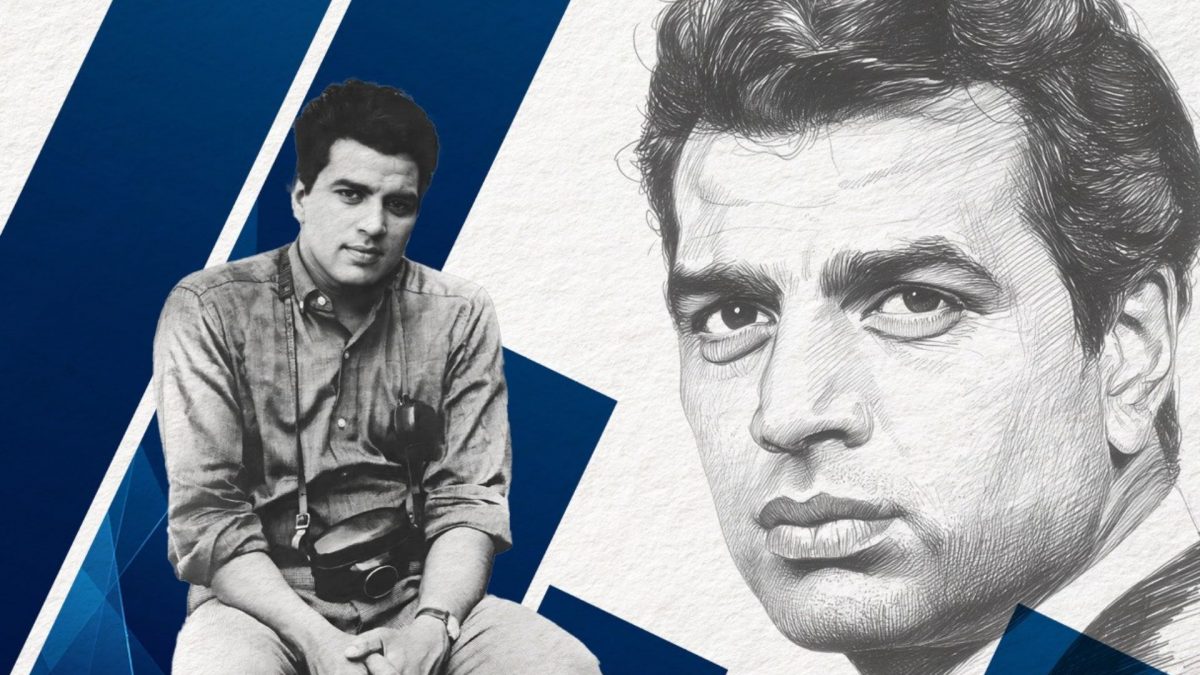)
Dharmendra, the legendary actor fondly known as Hindi cinema’s original “He-Man,” passed away on November 24 at the age of 89. The veteran star, whose career spanned more than six decades, was remembered for his iconic roles, larger-than-life persona, and enduring contribution to Indian cinema.
His last rites are being held at the Pawanhans crematorium in Mumbai, with family members and members of the film fraternity gathered to pay their respects. The solemn occasion saw Bollywood heavyweights such as Amitabh Bachchan, Abhishek Bachchan, Aamir Khan, and several other colleagues arriving to bid farewell to the cinematic legend.
Earlier this month, Dharmendra had been admitted to Mumbai’s Breach Candy Hospital due to health issues and was discharged on November 12. He had reportedly been unwell for some time, and his passing has left fans and colleagues mourning the loss of an enduring icon.
In a coincidence, the makers of his upcoming film ‘Ikkis’ released a poster featuring Dharmendra on the day of his demise. The war drama, scheduled for a December theatrical release, now serves as one of the actor’s final on-screen appearances, a tribute to his lasting legacy.
Dharmendra’s career was marked by versatility, from action-packed blockbusters and romantic films to socially relevant dramas. Some of his most celebrated performances include ‘Sholay,’ ‘Chupke Chupke,’ ‘Anupama,’ and ‘Seeta Aur Geeta,’ which continue to be cherished by audiences across generations.
Beyond his filmography, Dharmendra was revered for his charismatic screen presence, professionalism, and warm off-screen persona, earning him a special place in the hearts of fans worldwide. He also leaves behind a family deeply rooted in cinema, including sons Sunny Deol and Bobby Deol, both accomplished actors.
As tributes pour in from across the industry and fans worldwide, Dharmendra’s passing marks the end of an era in Bollywood. His contributions have left an indelible mark on Indian cinema, ensuring that the legacy of the “He-Man of Hindi films” will be remembered for generations to come.
Veteran actor Dharmendra dies at 89
The 'He-Man' with a collector’s heart: Dharmendra’s love for vintage bottles
Dharmendra’s fascination with vintage bottles was one of his most charming and lesser-known passions.
Over the years, he built a unique collection of old glass bottles, jars, and intricately designed vintage decanters—some sourced during his travels, others gifted by friends who knew of his quirky hobby. Each piece held sentimental or artistic value for him.
At his Lonavala farmhouse, he arranged these bottles across shelves and wooden cabinets, treating them almost like works of art.
Dharmendra’s villages in Punjab grieve his death
Dango and Sahnewal, two modest villages in Punjab’s Ludhiana district, separated by over 30 km, share a special bond. Both were once home to Bollywood’s ‘He-Man,’ Dharmendra. Today, they stand united in sorrow after the 89-year-old legend, who starred in 300 films over a 65-year career, passed away in Mumbai on Monday. Born in Dango in 1935, Dharam Singh Deol later moved with his family to Sahnewal following his schoolteacher father’s transfer, and though Sahnewal is more closely linked to his name, Dango still cherishes his memory. Locals, who spoke to PTI, recall how Dharmendra would return and mingle with villagers without any star-like airs. His old friend Parminder Singh, now in his eighties, remembers him as someone who blended in effortlessly, treating everyone as his own.

From Tollywood with love: Top south actors pay emotional tribute to Dharmendra
'Dharmendra infused every character with unmistakable charm': Sikkim CM mourns actor's death
Sikkim Chief Minister Prem Singh Tamang on Monday said the death of veteran actor Dharmendra brought an end to a cherished chapter of Indian cinema.
Tamang said Dharmendra infused every character he played with sincerity, strength, and an unmistakable charm.
“I offer my heartfelt condolences on the passing of Dharmendra Ji, a timeless icon whose departure gently closes a cherished chapter in Indian cinema,” he said.
“As we mourn this great loss, my thoughts are with his family, loved ones, and the innumerable admirers who treasured his work. Om Shanti,” he added.
Dharmendra’s gentle world of dogs, cows and farm companions
Dharmendra was well-known for his deep affection for animals, especially dogs. Over the years, he kept several pets at his homes in Mumbai and his Lonavala farmhouse, where he often spent time tending to them personally. He frequently shared moments with his dogs on social media by feeding them, playing with them, or simply relaxing together. Dharmendra also cared for cows, birds, and other animals on his farm, treating them as part of his extended family.
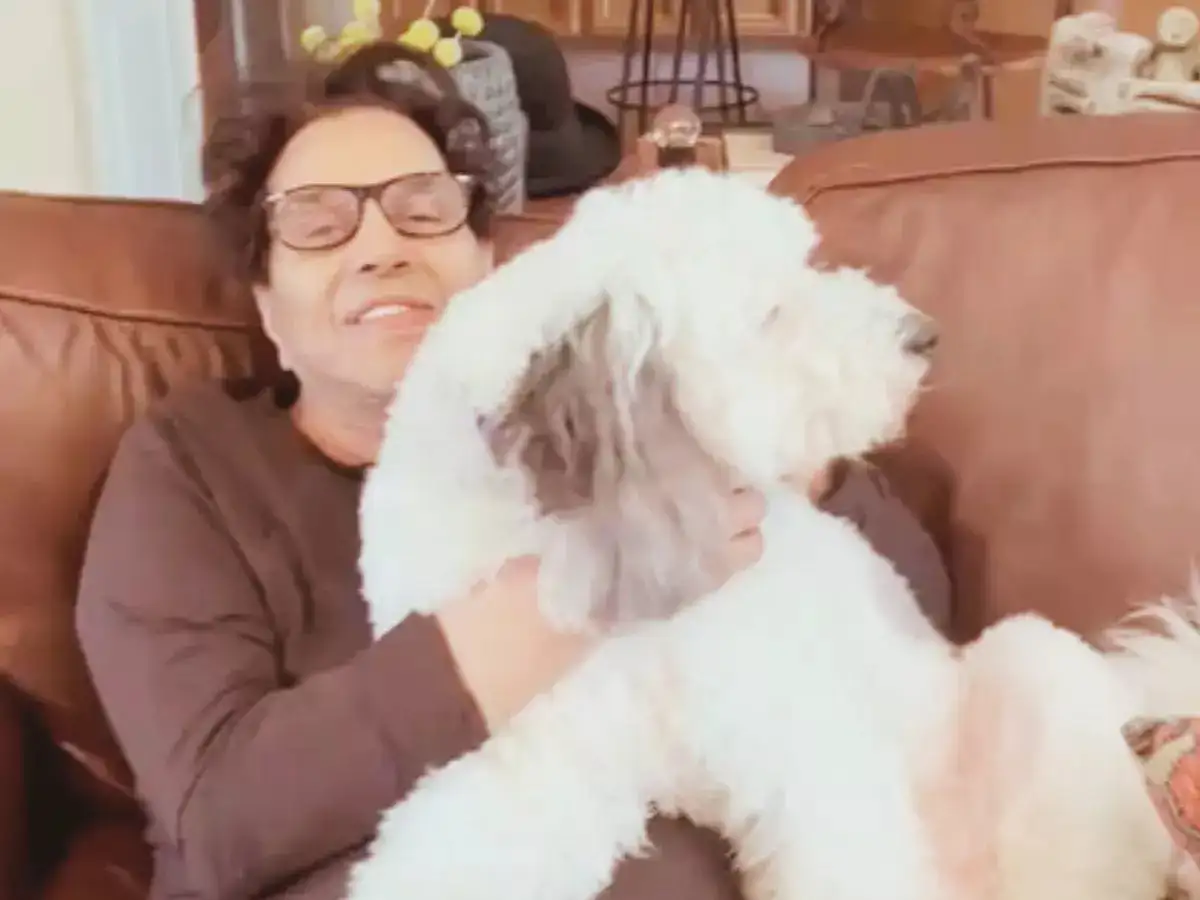
Saira Banu arrives at the crematorium
Veteran actor Saira Banu arrived at the Pawan Hans Crematorium to pay her last respects to Dharmendra.
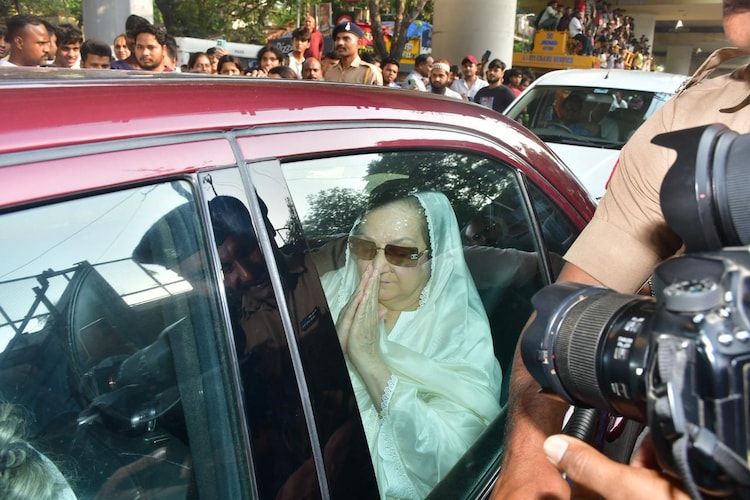
Watch | Shah Rukh Khan arrives at Pawan Hans
Following visits by Salman Khan and Ranveer Singh, Shah Rukh Khan reached the Pawan Hans crematorium to offer his condolences.
Fans flock in hundreds to Pawan Hans crematorium for Dharmendra's last rites
Ranveer Singh, Deepika Padukone attend Dharmendra's last rites
Following his death on Monday morning, Dharmendra’s last rites took place at the Pawan Hans crematorium. A video has been doing the rounds on social media with the power couple Ranveer Singh and Deepika Padukone arriving for his funeral.
Inside Dharmendra’s Rs 335-crore empire: The legend who built more than stardom
Dharmendra’s net worth is estimated at Rs 335 crore, according to NDTV. He ventured into the hospitality sector, launching the Garam Dharam Dhaba in Delhi in 2015, and later opened another restaurant named He-Man on the Karnal Highway in 2022.
One of his most significant assets is his sprawling 100-acre farmhouse in Lonavala, equipped with modern amenities like an outdoor heated swimming pool, which he used for aqua therapy. He also owns properties worth over Rs 17 crore in Maharashtra, including both agricultural and non-agricultural land.
Dharmendra’s passion for cars is evident in his collection that ranges from a vintage Fiat to luxury vehicles like a Range Rover Evoque and a Mercedes-Benz SL500. Beyond acting, he founded the production company Vijayta Films, which launched his sons Sunny and Bobby into Bollywood.
Indian cinema has lost an immortal icon with Dharmendra's death: Delhi CM Rekha Gupta
Delhi Chief Minister Rekha Gupta said Indian cinema had lost an immortal icon with the death of veteran actor Dharmendra.
“The news of the passing of renowned actor and former Member of Parliament, Shri Dharmendra Ji, is deeply saddening. Today, Indian cinema has lost an immortal icon, a simple personality, and an artist beloved by generations,” Ms. Gupta said in a post on X in Hindi.
How Dharmendra first met Prakash Kaur, his first wife
Dharmendra and Prakash Kaur’s story began long before he became a film star. Both came from traditional Punjabi families, and their marriage was arranged through relatives when Dharmendra was still in his teens. At the time, he had not yet moved to Mumbai or dreamt of a film career. He was living an ordinary life in Punjab, and their families believed the match was ideal because of shared cultural values and backgrounds. Their first meetings were in the presence of family elders, in the typical Punjabi household setting of the 1950s, where arranged marriages were the norm. Prakash was known for her simplicity and warmth, qualities that Dharmendra often admired in interviews when speaking about his early years.
Shortly after their arranged marriage, Dharmendra moved to Mumbai to pursue work and later entered the film industry after winning the Filmfare Talent Contest, a turning point that changed everything. Prakash remained in Punjab initially before later joining him as his career blossomed. Despite the massive shift in their lives—from a small-town marriage to the dazzling world of Hindi cinema—the bond they formed in their early days stayed intact. Their relationship was built on the foundation of family, tradition, and mutual respect, long before fame, fans, and films became part of their world.

Irreparable loss to the Indian art world, says Rahul Gandhi on actor Dharmendra's death
“The news of the passing of the legendary actor Dharmendra ji is deeply saddening and an irreparable loss to the Indian art world. His unparalleled contribution to cinema, spanning nearly seven decades, will always be remembered with respect and affection,” the Lleader of the Opposition in the Lok Sabha Rahul Gandhi wrote on X.
“I pay my heartfelt tribute to Dharmendra ji. My condolences to his bereaved family, friends, and fans in this hour of grief,” he added.
Mamata Banerjee mourns Dharmendra's demise
West Bengal Chief Minister Mamata Banerjee expressed her grief on the death of veteran actor Dharmendra, and said his contribution to Indian cinema would continue to inspire several generations.
“Deeply saddened by the demise of the legendary actor-hero Dharmendra ji today in Mumbai. His immense contribution to Indian cinema will continue to inspire generations. My heartfelt condolences to his family, fraternity, fans and followers. Hema Malini ji, his sons and daughters will carry his rich legacy now,” Banerjee wrote on X.
“May his soul rest in peace,” she added.
Dharmendra left an indelible mark on the hearts of cinema lovers, says J.P. Nadda
In a post on X, BJP president and Union Minister J.P. Nadda said, “The demise of the renowned film actor Dharmendra ji is an irreparable loss for Indian cinema and the art world.”
“In this difficult time, my deepest condolences are with the grieving family and his fans. I pray to God that the departed soul finds a place at His divine feet and grants strength to the bereaved family to bear this sorrow,” Nadda said.
Dharmendra’s lush Juhu home and Lonavala farmhouse radiated a blend of elegance and greenery
Dharmendra had long been rooted in his charming Juhu bungalow in Mumbai, a home known for its simplicity, greenery, and old-world warmth rather than Bollywood-style opulence. The house reflects his love for nature, filled with plants, open spaces, and earthy décor. He divided much of his time between this residence and his sprawling farmhouse in Lonavala, where he grew organic vegetables and fruits, cared for cows and other animals, and often shared glimpses of his rustic life. The farmhouse has even been used for film shoots thanks to its scenic surroundings. Unlike many stars who frequently upgrade their homes, Dharmendra stayed attached to his long-standing Juhu property for decades, with his children—Sunny Deol, Bobby Deol, and Hema Malini—living in nearby areas.

Hema Malini leaves Pawan Hans
Media rushed to Hema Malini’s car for a reaction as she departed after Dharmendra’s final rites.
Dharmendra–Hema Malini: Bollywood’s golden couple
A timeless on-screen duo, Dharmendra and Hema Malini delivered unmatched chemistry and unforgettable classics that defined Bollywood’s golden era.
Top 10 blockbuster dialogues by late actor Dharmendra
Here are some of the most famous and iconic dialogues delivered by Dharmendra across his career, along with the films they come from:
1. “Kutte, kamine! Main tera khoon pi jaaunga!”
From the classic film Sholay, one of the most quoted lines in Hindi cinema.
2. “Basanti, in kutton ke saamne mat naachna.”
Also from Sholay, delivered in his iconic Veeru style.
3. “Yeh dosti hum nahi todenge.”
A heartfelt line that captures Veeru–Jai’s friendship, again from Sholay.
4. “Ham kaun sa jaat ka hai, yeh toh bas humari chhati pe likha hai.”
From Satyakam, showcasing his intense acting.
5. “Aaj mere paas sab kuch hai… lekin tumhari izzat zyada zaroori hai.”
From the emotional drama Anupama.
6. “Main jatt hoon, mard hoon… darr nahi lagta!”
From Dharam Veer, highlighting his macho screen persona.
7. “Jab tak baap ka saaya sar pe hota hai, koi beta bigad nahi sakta.”
From Hukumat, a blockbuster from the 80s.
8. “Loha garam hai… maar do hathoda!”
Another mass dialogue from Loha.
9. “Main phool bhi hoon, aur shola bhi!”
From Phool Aur Patthar, the film that made him a superstar.
10. “Aadmi ka bada hona zaroori nahi, uska dil bada hona chahiye.”
From Chupke Chupke, showing his softer comedic charm.

Dharmendra’s quiet balancing act: Managing two families with dignity
Dharmendra’s personal life—especially managing two marriages—has always drawn attention, but he has largely kept it private. Here is a clear, respectful, fact-based explanation.
Dharmendra married Prakash Kaur in 1954, long before he entered films, and the two had four children together. Years later, during his rise in Hindi cinema, he fell in love with Hema Malini, and the two eventually married in 1980 after reportedly converting to a different personal-law framework that legally allowed a second marriage without divorcing his first wife. Rather than formally “managing” the marriages together in a public sense, Dharmendra chose to keep both households separate, giving each family its own space, responsibilities, and financial security. Prakash Kaur continued to maintain the original family home, while Hema Malini and Dharmendra built their life largely independent of the first household.
Over the decades, both families have spoken about maintaining dignity and distance rather than blending the two setups. His children from both marriages have respected this arrangement, publicly acknowledging him while preserving privacy. Dharmendra, for his part, has consistently avoided discussing personal matters in detail, choosing instead to support both families emotionally and financially while staying away from controversy.

Dharmendra's multiple contributions to society beyond films
Dharmendra’s philanthropic work spans film welfare, education, and national relief efforts. He has repeatedly donated to the CINTAA Welfare Fund of the CINE & TV Artistes’ Association, with the association publicly acknowledging his financial support for senior actors facing medical or economic hardship, as well as his personal sponsorship of treatment for retired and junior artists.
He has also contributed to educational initiatives linked to Khalsa College, supporting student welfare, cultural preservation, and rural education drives around Ludhiana. Beyond the film and education sectors, Dharmendra has consistently stepped in during national crises by donating to the Prime Minister’s National Relief Fund—including during the 2001 Gujarat earthquake and the 2013 Uttarakhand floods—contributions later acknowledged through government records and media reports.
Kareena Kapoor posts nostalgic photo of Dharmendra with Raj Kapoor
Kareena Kapoor shared a throwback picture of Dharmendra with Raj Kapoor and wrote, “Forever in Power.”
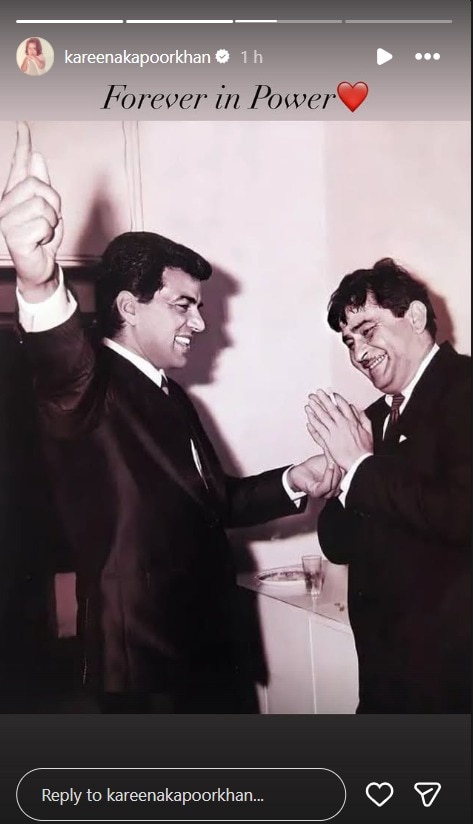
Beyond Sholay: Facts that make Dharmendra legendary
Bollywood’s action hero
Dharmendra earned the nickname “He-Man” for his muscular physique and daring action roles in films like Sholay, Mera Gaon Mera Desh, and Rakhwala.
Early life in Punjab
He was born Dharmendra Singh Deol on December 8, 1935, in Nasrali, Punjab. Before entering films, he considered a career in engineering and even worked as a laborer in a cement factory.
A legendary love story
Dharmendra met Hema Malini on the sets of Tum Haseen Main Jawaan. Despite being married with four kids at the time, their romance blossomed, and they eventually tied the knot.
Family of stars
He is the patriarch of a Bollywood dynasty. His sons Sunny Deol and Bobby Deol, as well as his daughter Esha Deol, are all actors. He even acted alongside Sunny in Apne, their family sports drama.
Versatility on screen
From romantic hits like Anupama to comedies like Chupke Chupke and action films like Rajput, Dharmendra excelled across genres. He starred in over 300 films!
Political foray
Dharmendra briefly dabbled in politics. He was elected to the Lok Sabha from Bikaner in 2004 as a member of the Bharatiya Janata Party (BJP).
Farmer at heart
Away from the limelight, he is a passionate farmer and often spends time in rural areas, sharing his love for nature and simple living.
Never a formal film training
Despite having no formal training, Dharmendra’s talent, charm, and screen presence helped him become one of the most enduring stars of Indian cinema.
President Droupadi Murmu pays her respects to late actor Dharmendra
In a post on X, President Murmu remembered Dharmendra’s stellar performances in bollywood.
Dharmendra and Hema Malini’s love story blossomed on the set of ‘Tum Haseen Main Jawaan’
Veteran actor Dharmendra first crossed paths with his partner, Hema Malini, on the set of the 1970 film Tum Haseen Main Jawaan, according to reports. Their on‑screen chemistry blossomed into a real-life romance during the shoot. Despite significant societal and personal hurdles—Dharmendra was already married and had four children—the pair remained deeply connected. Over the years, they starred in iconic films like Sholay and Seeta Aur Geeta. Their unconventional love story, rooted in mutual respect and understanding, has left a lasting impression on Bollywood and fans alike.
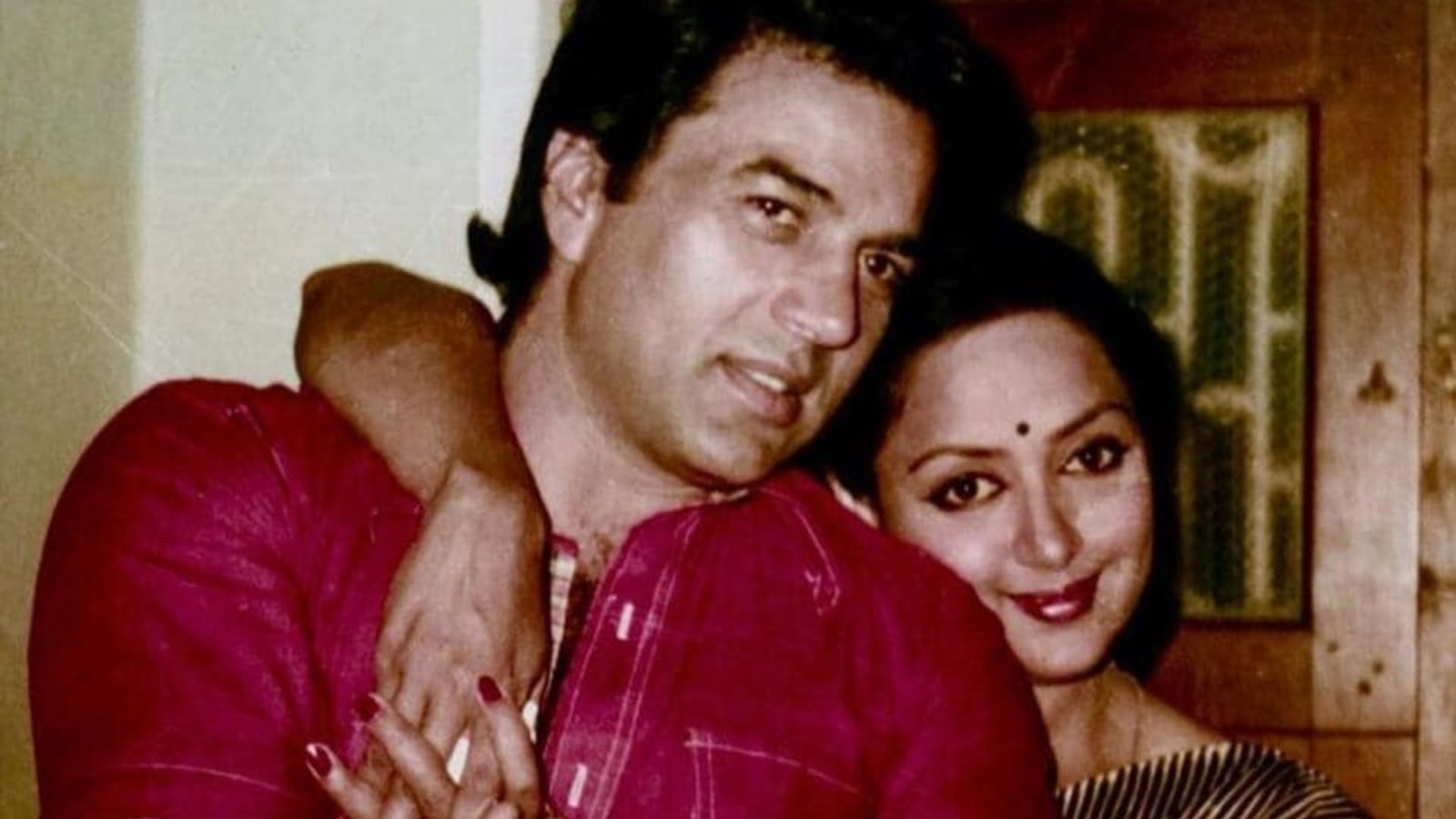
PM Modi expresses his condolences on actor Dharmendra's death
PM Narendra Modi pays his respects to the late actor.
'No one has a heart bigger than yours': Shilpa Shetty pays tribute to Dharmendra
“I’ve had the privilege of working with many talented actors, but none with a bigger heart than yours. Your talent, charm and dashing looks were just the beginning but your humility, simplicity and kindness was so inspiring. You were a true original, a shining star that touched so many hearts. Rest in peace you special soul. Dharamji, you will be missed. Om Shanti (sic),” read her note on Instagram.
Filmmaker Karan Johar bids emotional goodbye
Filmmaker Karan Johar shared an emotional post paying his last respects to Bollywood’s He-Man.
)
)